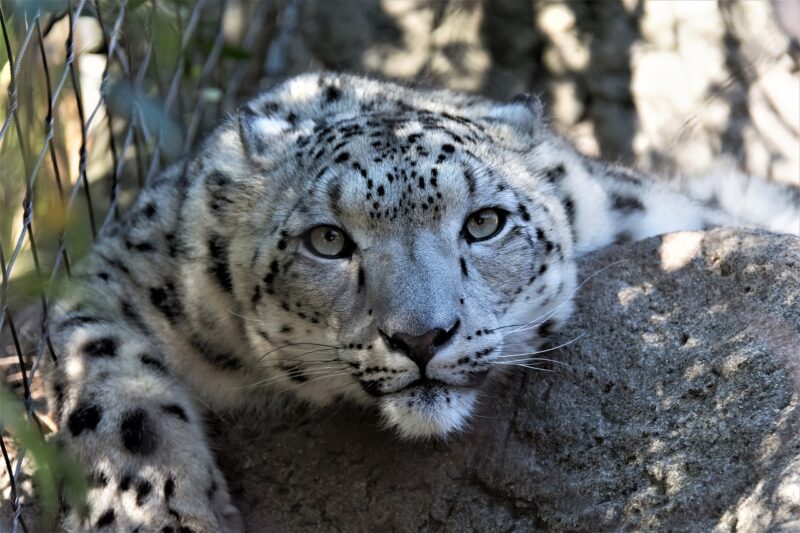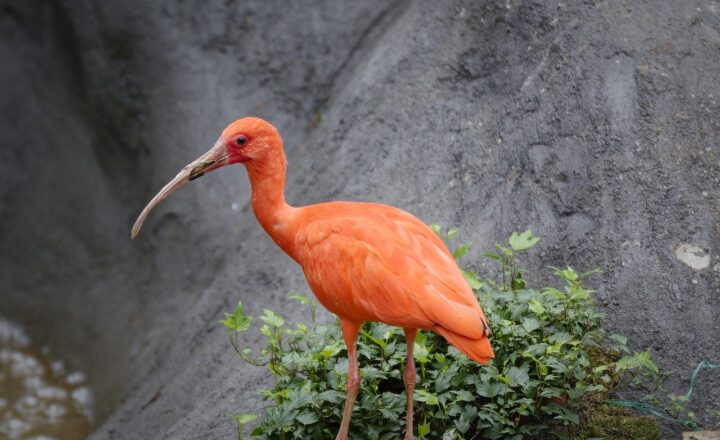The Role of Zoos in Protecting Plant Species Endangered in the Wild
November 12, 2024

Zoos are often associated with the conservation of animal species, but the role they play in protecting endangered plant species is equally significant, albeit less publicized. As urgent as it is to preserve animal life, plants are the foundation of ecosystems and biodiversity. They provide essential ecosystem services and are vital for the survival of many animal species. This article delves into how zoos contribute to plant conservation efforts, enhancing both our understanding of these species and the ecosystems they inhabit.
1. Why Protecting Plants is Crucial
Plants are essential for life on Earth. They produce oxygen, store carbon dioxide, and provide food and habitat for many species, including humans. However, plant species are disappearing at an alarming rate due to habitat destruction, climate change, and invasive species. According to the Global Strategy for Plant Conservation, around 1 in 5 plant species are threatened with extinction.
The loss of plant biodiversity can lead to severe consequences, including:
- Loss of food sources for animals and humans.
- Disruption of ecosystems and the services they provide.
- Reduction in genetic diversity, affecting resilience to diseases and environmental changes.
Thus, protecting endangered plant species is not just about saving a plant; it’s about preserving the entire ecosystem.
2. How Zoos Support Plant Conservation
Although traditional zoos have primarily focused on animal conservation, many accredited institutions have expanded their missions to include plant conservation. Here’s how zoos contribute:
2.1. Plant Collection and Cultivation
Zoos often maintain collections of native and endangered plant species in their botanical gardens. By cultivating these plants, they can:
- Ensure their survival on-site while also promoting their awareness to the public.
- Contribute genetic material for use in conservation programs, which may include seed banks or reintroduction efforts.
- Conduct research that provides insights into their reproductive biology and ecological requirements, which are crucial for successful conservation efforts.
2.2. Research and Education
Zoos often conduct important research on plant biology, ecology, and conservation, contributing valuable data to enhance both in-situ (in the landscape) and ex-situ (in controlled environments) conservation strategies. In educational programs, zoos engage their visitors by emphasizing the importance of plants in our environment and how they can help in conservation efforts.
2.3. Collaboration with Conservation Programs
Many zoos collaborate with botanical gardens, universities, and conservation organizations. These partnerships enable them to participate in restoration projects, sharing knowledge and resources to maximize conservation outcomes:
- Zoos can act as interim facilities where endangered plants are cultivated until they can be reintroduced into their natural habitats.
- They can support wild populations by fostering seed banking efforts crucial for species recovery plans.
- Some zoos have dedicated conservation teams that work on controlling invasive species threatening native flora.
3. Case Studies of Zoo-led Plant Conservation
Multiple zoos worldwide have demonstrated effective plant conservation strategies. Here we highlight a few successful case studies:
3.1. The San Diego Zoo’s Most Endangered Plant Program
The San Diego Zoo has an extensive program focused on the conservation of endangered plant species, successfully cultivating over 300 rare and endangered plants, including some native Californian species. Their efforts include habitat restoration projects and public education to promote awareness.
3.2. The Royal Botanic Gardens, Kew
While primarily a botanical garden, Kew Gardens works closely with zoos and other institutions to cultivate and conserve plant species worldwide. They are famous for their seed bank, which preserves seeds from thousands of plant species at risk of extinction, and their collaborative efforts in various conservation programs around the globe.
4. The Importance of Public Engagement
Public engagement is crucial for the success of conservation efforts. Zoos play a vital role in raising awareness about plant conservation through exhibitions, educational programs, and community initiatives. By instilling an appreciation for plants, they can inspire future generations to participate in protecting biodiversity.
Visitors to zoos have a unique opportunity to learn about the importance of plants in their ecosystems and how endangered flora is linked to the survival of animal species as well. Interactive displays, workshops, and guided tours can enhance this learning experience.
5. Challenges and Future Directions
Despite their efforts, zoos still face challenges in plant conservation, including funding constraints, limited space to cultivate species, and the need for more research on certain endangered plants.
To improve their contributions, zoos can:
- Enhance collaborations with botanical gardens and environmental organizations.
- Increase research funding into plant biology and ecology.
- Create awareness campaigns that focus on the importance of plant conservation to biodiversity, similar to how animal conservation has been marketed effectively.
By addressing these challenges, zoos can solidify their role as impactful players in the field of plant conservation, ensuring that endangered species are not forgotten.
Conclusion
The role of zoos in protecting plant species endangered in the wild is increasingly vital in understanding and addressing our global biodiversity crisis. By cultivating plants, conducting research, collaborating with conservation programs, and engaging the public, zoos can enhance their overall mission of biodiversity conservation. With the continuing threat to plant species, the involvement of zoos in conservation efforts will be essential in securing a sustainable future for both flora and fauna on our planet.
If you care about the environment and want to make a difference, consider supporting your local zoo’s conservation initiatives or participating in community gardening projects that focus on preserving native plant species. Together, we can work to ensure a healthier, more diverse planet for generations to come.








